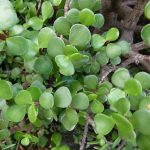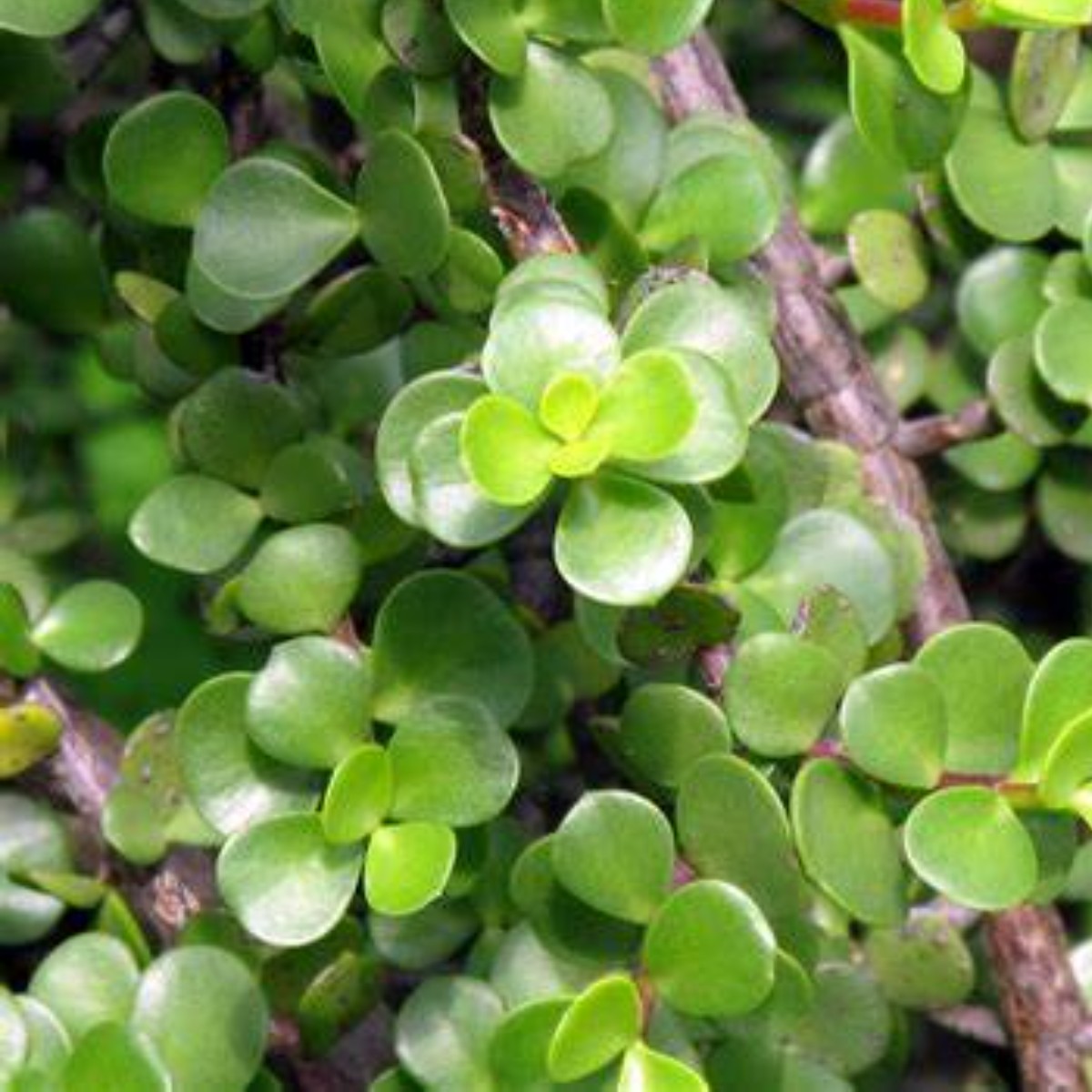Family: Didiereaceae

portulacaria afra
Distribution and habitat: Portulacaria afra is a small-leaved succulent shrub found in South Africa. It is found in warm situations on rocky slopes in succulent karoo scrub, thicket, bushveld and dry river valleys in the eastern parts of South Africa from the Eastern Cape northwards into KwaZulu-Natal, Swaziland, Mpumalanga and the Limpopo Province as well as Mozambique.
Description:
Remanded varieties:
Portulacaria afra f. prostrata is a low-lying, decumbent form that is frequently used as a ground-cover.
Portulacaria afra f. Aurea is a compact, upright form with rounded leaves that go bright yellow in the sun.
Portulacaria afra Foliis variegatus is a slow growing variegated form which is well suited to pot culture.
Portulacaria afra Medio-picta has green leaves with whitish markings spreading from the centre.
Portulacaria afra f. Limpopo has much larger, more ovate leaves that can measure up to 20-30mm long and 15-20mm wide.
Note: Recent research has shown the Portulacaria afra to be an excellent 'carbon sponge' as it has the ability to sequestrate (absorb) free carbon from the atmosphere which is used to make plant tissue. Carbon is one of the major greenhouse gases which are responsible for the warming of the earth's atmosphere; it is produced in excess by burning of fossil fuels. Currently, humans are producing atmospheric carbon faster than the environment can absorb it, causing a deficit which remains in the atmosphere and causes heat from the sun to be trapped instead of being radiated back out into space. The Portulacaria afra has the unique ability to absorb more carbon from the atmosphere than most other plants and it does so particularly efficiently. A stand of Portulacaria afra bush consequently has the ability to remove more carbon from the atmosphere than an equal amount of deciduous forest.
How does it manage this? The Portulacaria afra has the ability to make use of two different photosynthetic pathways, when conditions are favourable it manufactures its food to sustain growth by using the same method (pathway) that most other plants use. However, when conditions are not favourable and other plants have to shutdown and wait for sufficient rain, the Portulacaria afra can switch to a different pathway called CAM (Crassulacean Acid Metabolism) whereby it can continue to grow and slurp up huge amounts of carbon despite adverse climatic conditions. This allows the plant to excel in the arid or semi-arid conditions that it is native to.
Further to its carbon habit, the large spreading shrub covers and shades the soil from the harmful rays of the sun creating a favourable environment under the bush for insects and other wildlife to inhabit, while the dead organic matter which accumulates under the bushes has an enriching effect on the soil. This further enrichment of the soil improves its water-holding capacity which further benefits the Portulacaria afra as well as other plants and animals including micro-organisms, which occur in the area.
Uses and display: Portulacaria afra is a popular succulent garden plant in use around the world and is often used for bonsai. It has now been shown to be effective in carbon sequestration (binding atmospheric carbon which is responsible for climate change), in semi-arid landscapes and thicket vegetation it is also being used for restoration purposes. Drought-tolerant and fire-resistant, it will endure desert sun and heat once established, whichCrassula species will not.
The Portulacaria afra can be used as a screen or even a clipped hedge.
Portulacaria afra has also been indicated as a soil binder for preventing soil erosion.


